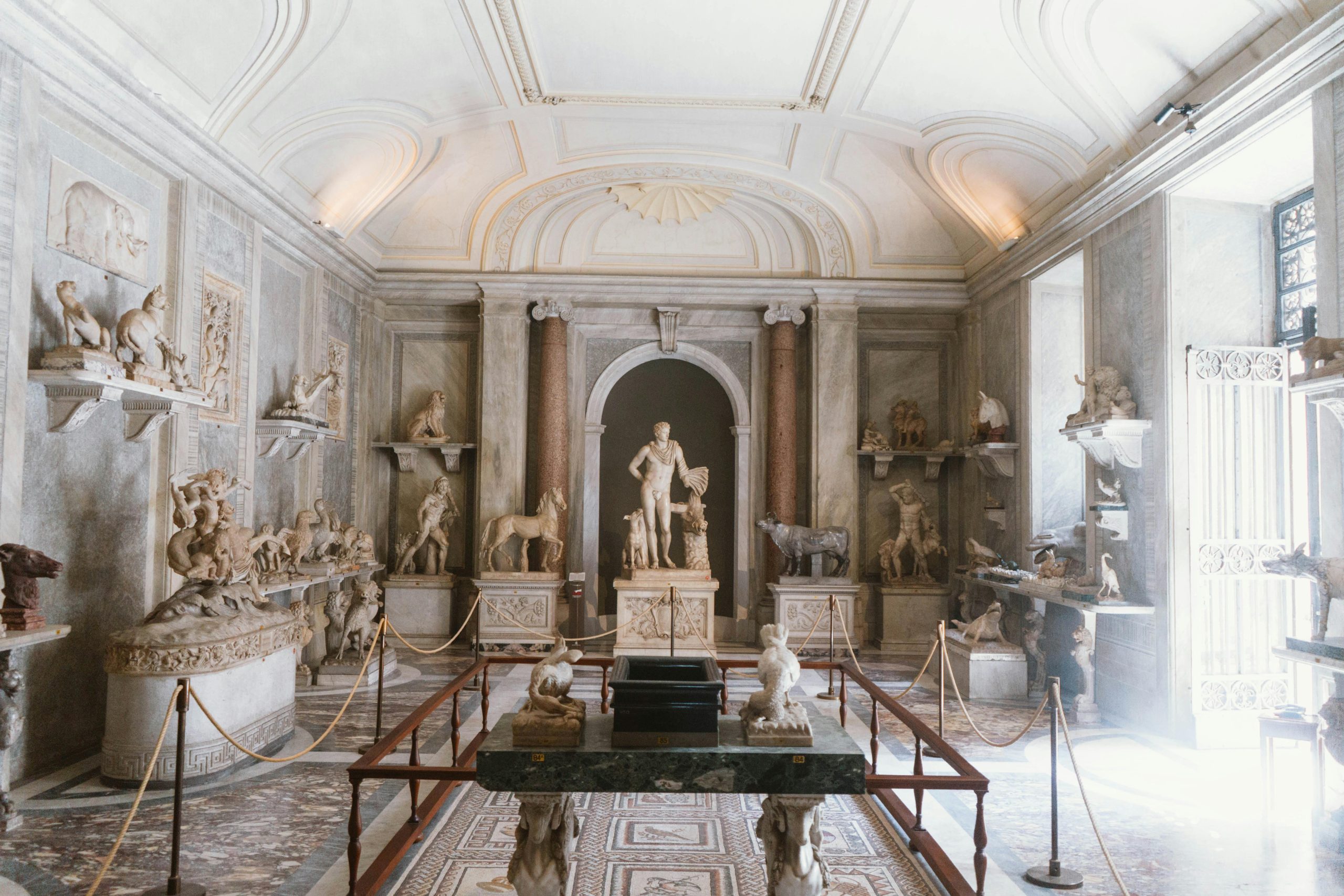Table of Contents
![]()
Introduction
Throughout history, humanity has produced a myriad of artifacts, each telling a unique story about our past. However, some artifacts remain shrouded in mystery, defying our attempts to fully understand their origins, purposes, or cultural significance. These enigmatic artifacts captivate archaeologists, historians, and enthusiasts alike, prompting ongoing research and speculation. This article explores some of the most puzzling ancient artifacts and their implications for our understanding of past civilizations.
Criteria for Enigma
Before diving into specific artifacts, it’s essential to define what makes an artifact enigmatic. Key criteria include:
- Lack of Clear Historical Context: Many artifacts are discovered without adequate documentation, leaving researchers to piece together their significance.
- Unexplained Technology or Craftsmanship: Some artifacts exhibit advanced technology or craftsmanship that seems out of place for their time.
- Elusive Cultural Significance: The cultural narratives surrounding certain artifacts remain unclear, making their purpose a matter of speculation.
Notable Enigmatic Artifacts
The Antikythera Mechanism
Discovered in a shipwreck off the coast of Antikythera, Greece, in 1901, the Antikythera Mechanism is often considered the world’s first analog computer. Dating back to around 150-100 BCE, this intricate device was designed to predict astronomical positions and eclipses for calendrical and astrological purposes. Its complexity suggests a level of technological sophistication that was previously believed to be absent in ancient Greece, raising questions about what other advanced technologies may have existed but remain undiscovered.
The Piri Reis Map
The Piri Reis Map, created in 1513 by the Ottoman admiral Piri Reis, is renowned for its depiction of parts of Europe, North Africa, and South America. What makes this map particularly enigmatic is its detailed representation of coastlines and landforms, including what some interpret as Antarctica, which was not officially discovered until the early 19th century. The accuracy of the map has led to various theories regarding ancient maritime exploration and the potential for lost civilizations with advanced cartographic knowledge.
The Nazca Lines
Located in the Nazca Desert of southern Peru, the Nazca Lines consist of massive geoglyphs etched into the ground, depicting various shapes, including animals and geometric patterns. Spanning between 500 BCE and 500 CE, these lines are believed to have had ritualistic significance, possibly serving as astronomical calendars or pathways for religious ceremonies. Despite extensive research, the precise purpose and methods of construction remain a topic of debate, adding to the intrigue surrounding this ancient site.
The Voynich Manuscript
The Voynich Manuscript is an illustrated codex written in an unknown script, dating back to the early 15th century. Its origins, language, and illustrations have puzzled cryptographers, historians, and linguists for decades. Various theories range from it being a genuine scholarly work to a hoax or an elaborate cipher. The manuscript’s mysterious nature has made it a subject of fascination, inspiring numerous attempts at decipherment, yet it remains an enigma to this day.
The Crystal Skulls
Crystal skulls are carved skull-shaped artifacts made from quartz crystal. Their origins and authenticity have been hotly debated, with many claiming they are pre-Columbian artifacts from ancient Mesoamerican cultures. However, scientific analyses have shown inconsistencies in their dating and craftsmanship, suggesting they may be modern forgeries. The lore surrounding these skulls has spawned numerous myths about their supposed mystical properties and links to lost civilizations, further deepening their enigmatic allure.
The Baghdad Battery
Often referred to as the Baghdad Battery, this artifact is a clay jar containing a copper cylinder and an iron rod, discovered near Baghdad, Iraq. Dating back to the Parthian period (approximately 250 BCE to 250 CE), some theorists suggest it may have been used as a rudimentary galvanic cell for electroplating. However, the true purpose of the artifact remains unclear, and its significance in ancient technology continues to be a matter of speculation.
Stonehenge
Stonehenge, the iconic prehistoric monument located in Wiltshire, England, is composed of massive stones arranged in a circular layout. Its construction dates back to between 3000 and 2000 BCE. Theories about its purpose abound, ranging from astronomical observatory to a religious site or a burial ground. Despite ongoing research, the exact reasons for its construction and the methods used to transport the stones remain largely unresolved, cementing its status as one of history’s greatest mysteries.
Impact of These Artifacts on Modern Understanding
The study of enigmatic artifacts challenges historians and archaeologists to rethink traditional narratives of civilization development. These artifacts often reveal complexities in ancient societies that may have been overlooked or underestimated. Furthermore, they inspire popular culture, influencing literature, films, and conspiracy theories, thus amplifying public interest in archaeology. Advances in technology, such as LIDAR and imaging techniques, continue to provide new insights, encouraging further exploration of these mysteries.
The Role of Cultural Context
Understanding the cultural context of these artifacts is crucial in deciphering their significance. Artifacts do not exist in a vacuum; they are embedded within the social, religious, and technological frameworks of their time. Interdisciplinary approaches, incorporating archaeology, anthropology, and history, are essential for a holistic understanding of these enigmatic objects.
The Ongoing Mysteries
Despite extensive research, many questions surrounding these artifacts remain unanswered. What other artifacts may still lie undiscovered? How might future technologies reshape our understanding of the past? These mysteries encourage a continued quest for knowledge, fostering curiosity about human history and the civilizations that came before us.
Conclusion
The enigmatic artifacts of our past serve as poignant reminders of humanity’s rich and complex history. They compel us to explore, question, and re-evaluate our understanding of ancient cultures and their achievements. As researchers delve deeper into these mysteries, the allure of the unknown continues to captivate our imaginations, reminding us that there is still much to discover about our shared human story.
Share This





Be the first to comment